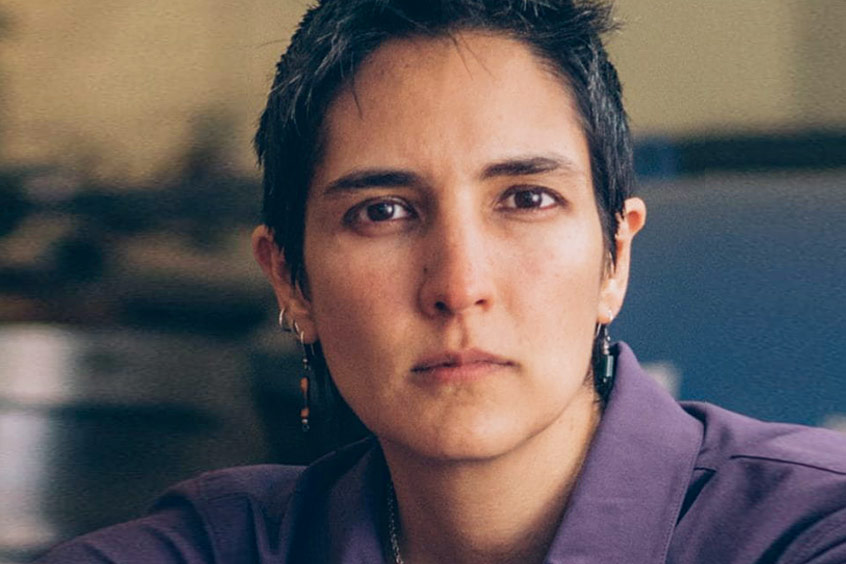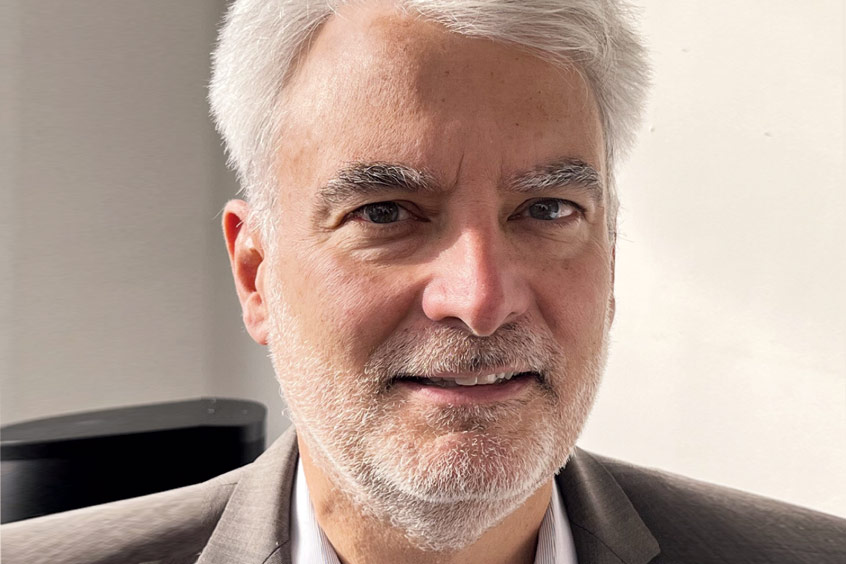ACE 2026 - The home of global charter.
 The bimonthly news publication for aviation professionals.
The bimonthly news publication for aviation professionals.



Electra.aero has appointed Dr Alejandra Uranga as chief engineer, research and future concepts and Tom Clancy as a member of the Electra board. They join the leadership team as the company expands flight testing of its EL-2 Goldfinch hybrid-electric STOL technology demonstrator aircraft, which began flying last month.
"Alejandra and Tom bring recognised expertise to Electra at an exciting time in the development of our eSTOL aircraft," says founder and CEO John S Langford. "Alejandra is highly respected in the research community for her thoughtful engineering approach to sustainable aircraft design, and Tom was a driving force behind the development of new aircraft at Aurora, where he played a key role in shaping the future of sustainable aviation. I'm delighted to have them both on the team."
Dr Uranga is an expert in aerodynamics, novel aircraft design and integrated propulsion systems for sustainable aviation. As chief engineer, research and future concepts at Electra, she will oversee the design of the high-lift system and subsequent wind tunnel testing programme for the eSTOL aircraft, and will lead the development of future concepts that exploit propulsion and aero integration to improve the efficiency of the aircraft.
Dr Uranga joins Electra from the University of Southern California Viterbi School of Engineering, where she led the Aerodynamic Research and Design Laboratory at the Department of Aerospace and Mechanical Engineering. Earlier, as a post doctoral associate and research engineer in the Aeronautics and Astronautics Department at the Massachusetts Institute of Technology, she was technology lead in the NASA N+3 programme that developed and tested the D8 Double-Bubble aircraft. She holds a BSc in aerospace engineering from Florida Tech, a Master of Applied Sciences in mechanical engineering from the University of Victoria in Canada, and a PhD degree in aeronautics and astronautics from MIT.
Tom Clancy brings nearly four decades of experience in unique and high-performance aircraft development to his board appointment, where he will provide strategic guidance and industry expertise to support the company's overall strategy, business development and long-term goals. In his recent role as chief technology officer at Aurora Flight Sciences, he defined the technology strategy and guided the investment, development and transition of aircraft systems into test and operations. Earlier at Aurora, Clancy served as vice president of development programmes where he led business captures and execution for a decade. Previously he served as the VP of engineering and VP for Aurora's NASA ERAST programmes. He was also project manager and chief engineer for the Perseus high-altitude unmanned aerial vehicle development programmes and served as chief engineer and flight director on multiple UAV programmes. Clancy earned a BSc in electrical engineering from MIT and is a senior member of the American Institute of Aeronautics and Astronautics.